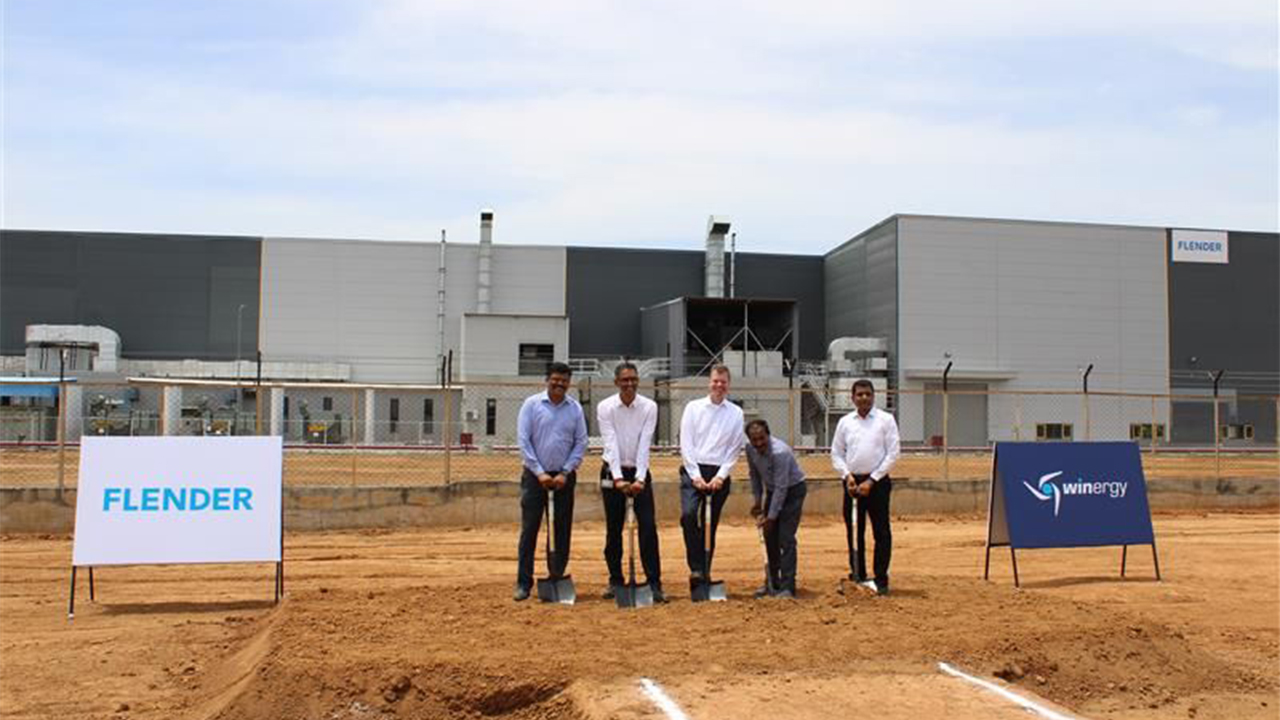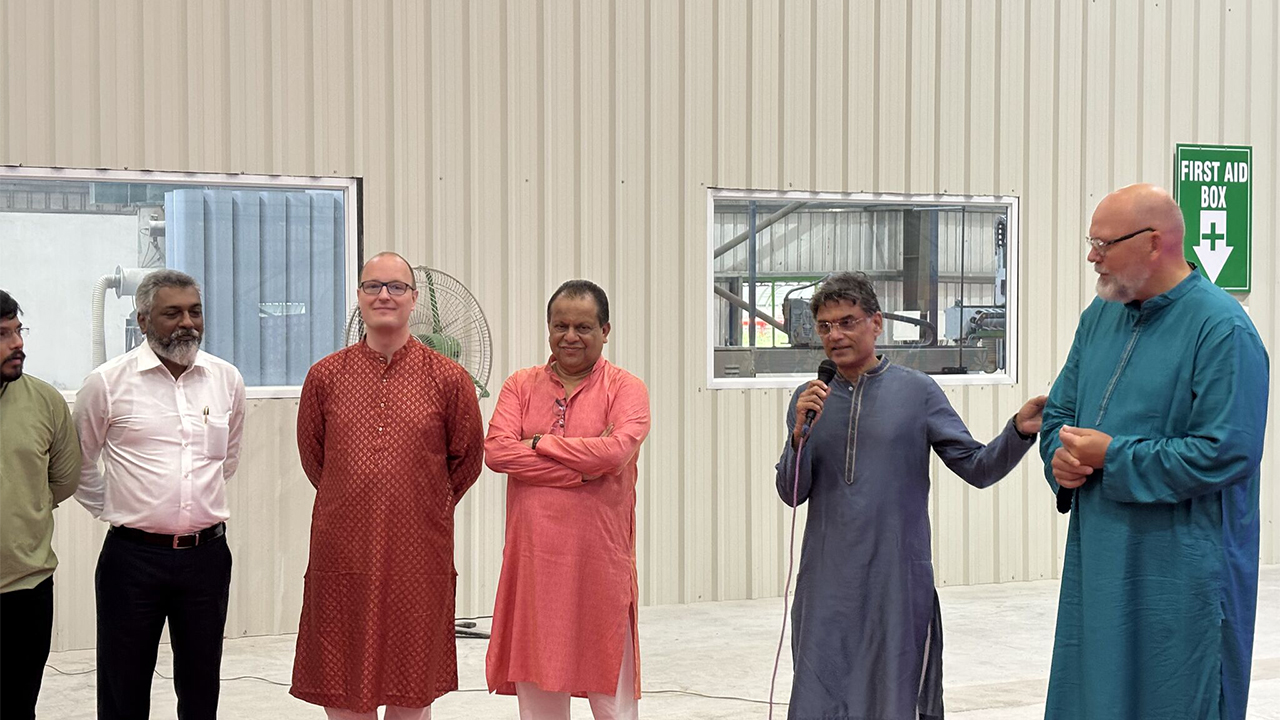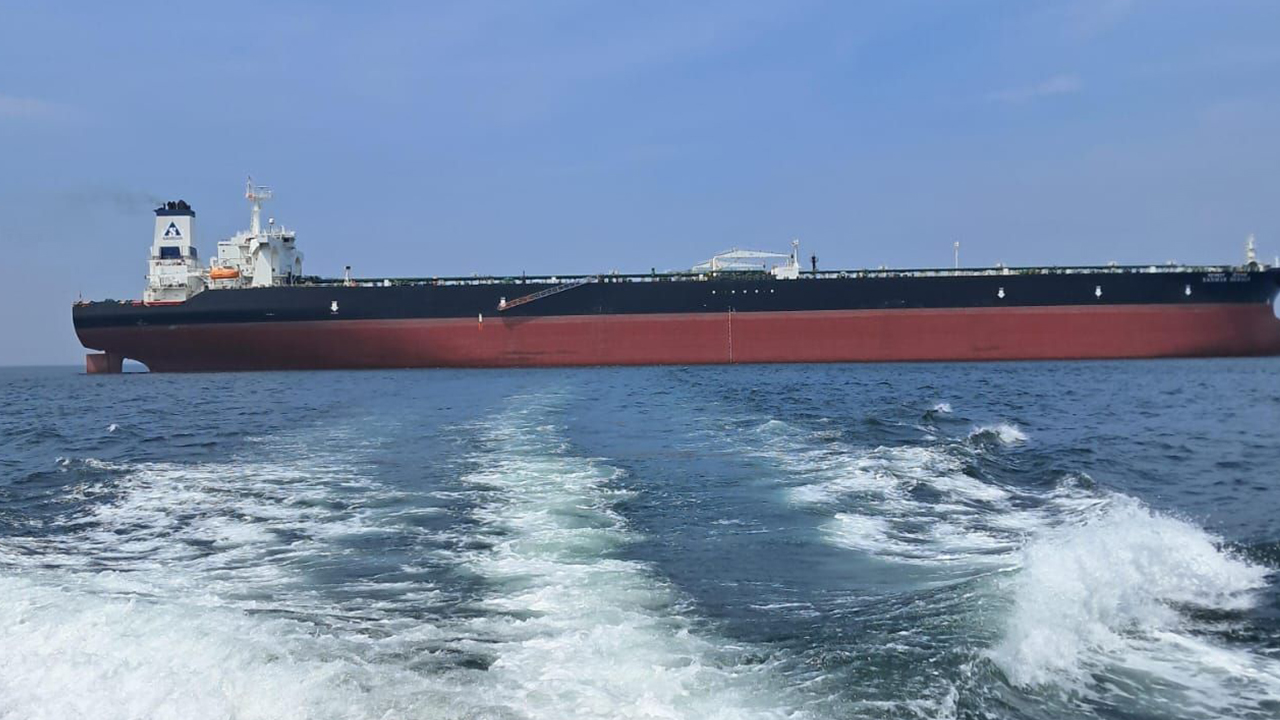Building a safety culture in organizations: A Catalyst for Sustainable Development
#HSE #Leadership #GAILIndia #SafetySafety is the most critical pillar of any organization and it Is essential to embed safety culture in the organization. Dr. S P Garg, Advisor - HSE, GAIL India Ltd shares with Pro MFG Media steps to build a good safety culture in the organizations.
Industries across the globe should comprehend that safety is an essential element. Across the globe, approximately 7,600 people lose their lives every day due to occupational hazards or work-related diseases, which amounts to 2.78 million deaths per year. The numbers are terrifying, and the industries need to address these issues immediately. The economic losses also translate to almost 4% of the GDP of the world.
The world has witnessed devastating accidents in the past, such as Union Carbide India Limited (UCIL)'s Bhopal gas tragedy, BP-operated Macondo Prospect - Deepwater Horizon oil spill, Chernobyl disaster, LG polymer accident, which depicts poor safety culture across the organizations. The prime reason for such incidents is the lack of importance given to development of good Safety Culture by the organization's management.
Sustainable organizations are highly resilient & committed, which creates high economic value and a healthy ecosystem. There are four types of safety culture in the organizations, such as:
- Reactive culture - People do not take responsibility and respond whenever accidents occur. They go for quick fix solutions, which do not last long.
- Dependent culture - People view safety as following certain rules only, beyond which they do not apply their mind.
- Independent culture - People take responsibility for themselves and believe they can make a difference but do not bother about others Safety.
- Interdependent culture - Teams feel ownership and responsibility for safety culture. They believe zero injuries is an attainable goal. Each one takes care of his own Safety, as well as Safety of others, colleagues, visitors etc.
The interdependent culture is the most sustainable safety culture.
Strong leadership and commitment is one of the main attributes for developing a good safety culture. The highest level of strong leadership & commitment is called Felt leadership wherein, the top management should believe and have a staunch desire to build a strong sustainable safety culture in the organization. The organization should imbibe vigorous ethics in the employees and develop integrity at the highest level. The top management & leaders of the organization should lead by example. The top management must hold all the employees from various departments accountable for their Safety performance. They should measure the performance based on efficiency as well as safety. It is essential to incorporate safety measures in every process of the organization. Apart from this, it is important to engage with the employees at all levels to ensure seamless execution of health & safety-related initiatives within the organization.
Another element is to implement strong HSE management systems in the organization. Usually, the structured organizations possess a corporate HSE policy, which provides precise guidance to steer HSE Management within the organization. There are various guidelines available in the oil & gas safety directorate standard that provides information to draft and implement the HSE management system. Several elements such as Risk analysis and management, third-party services, personal safety, control of defeat and reliability of critical devices, work permit system, operation maintenance practices, management of change, occupational health management, accident incident analysis, emergency planning and response, and compliance audit could be the part of the HSE management system, for large organizations.
In the digital world, many modern oil & gas organizations have implemented high-end IT systems, wherein operations or the main maintenance activities are all built on the smart systems on the IT management system but, sometimes they neglect safety processes. The safety processes must be built on the organization's IT platforms. GAIL has built its safety system on the SAP platform, which is accessible to every employee of the organization. Through this process, employees can derive the work permit from their mobile and have also been provided with HSE mobile apps and safety kiosks.
It is a proven fact that despite the implementation of most high-end technologies in the organization, the human factor plays the most crucial role in the safety management system. According to the Oil Industry Safety Directorate (OISD), 76% of incidents could have been averted with adherence to laid down systems and procedures. In 2013, GAIL introduced behavior-based safety intervention in the organization, noted 65% of safe behavior in the employees, during baseline studies at various work sites. The organization intended to achieve Levels of at least 90% safety behavior, and thus they developed a rigorous training program for the employees. The employees were provided with Behavior based Safety (BBS) observer training and Lead trainer training to identified change makers. As a result of this BBS intervention to strengthen Safety culture, For the past three financial years (Before year 2020-21), GAIL has not reported any major incident and has achieved 100 million man-hours of safe working.
To ensure safe and healthy operations, it is necessary for an organization to get a Safety audit done by an external auditor, as it is necessary to do internal audits. Through such exercises, an organization can obtain an outsider’s view on the current Operations, maintenance and construction practices and continue to evolve and implement some of the best practices prevailing in the industry and similar organizations.
NEWSLETTER
TRENDING ON PRO MFG
MORE FROM THE SECTION









